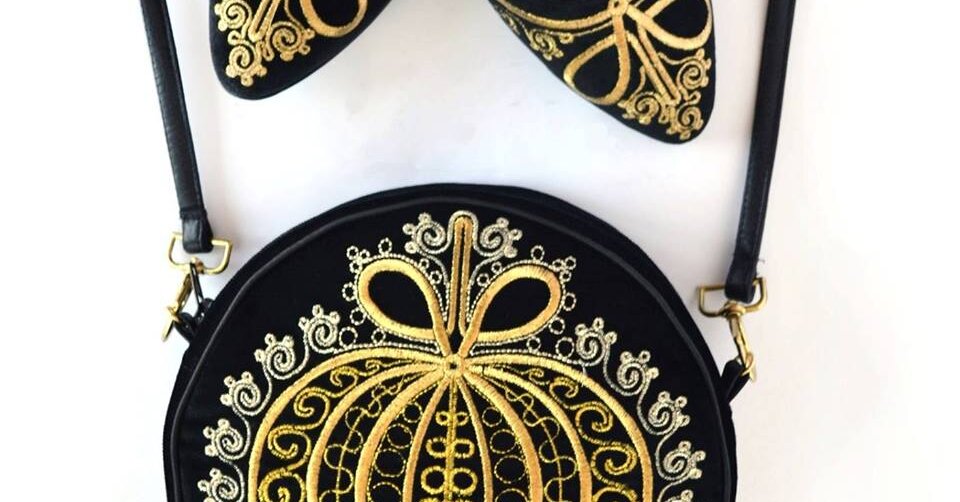
“I descend from a family which has always been engaged in textile handicrafts,” Ms. Milkovic said. “Slavonia, where I was born, has a rich tradition of embroidery and really richly decorated national costumes.” In keeping with these pandemic times, Etno Butik Mara added face masks, which can be personalized with embroidered gold or silver initials in Glagolitic script.
Nada Kobali claimed there was almost no woman in Zagreb who did not own at least one Kobali hat. Her love for hats was born after World War II, when her mother started making them in a Zagreb fur shop; her mother eventually opened her own business in the 1970s. Ms. Kobali took it over and opened Kobali in 1974. She eventually shared all her milliner secrets with her daughter-in-law, Marina Kobali, who took the reins at Kobali after Nada died in 2019.
At Kobali, also in the Oktogon Arcade, the process of making hats with Italian materials has not changed much in the last century. Kobali hats utilize cotton, wool, plush rabbit hair, straw and velour; prices range from 1,600 to 2,000 kunas.
“Every hat is unique and is a true piece of art,” said the younger Ms. Kobali. She added that today, daughters and granddaughters browse current styles and share stories of family members who wore Kobali hats in times past.
“Our family has been in the umbrella business since all the way back to 1912,” said Thomislav Cerovecki, owner of Kisobrani Cerovecki, which has been making umbrellas and parasols for three generations. “We still make umbrellas the way they were made 100 years ago, which means that we use almost no machines, except for the sewing machine and certain small tools. Everything else we do by hand.”
Their handmade Sestine umbrella (680 kunas), which dates to the mid-18th century, is part of the folk costume worn in the Sestine area of Zagreb and is among the city’s most recognizable symbols: a red cotton canopy with multicolored horizontal stripes on the edges, a thick wooden shaft and a naturally crooked chestnut handle.






